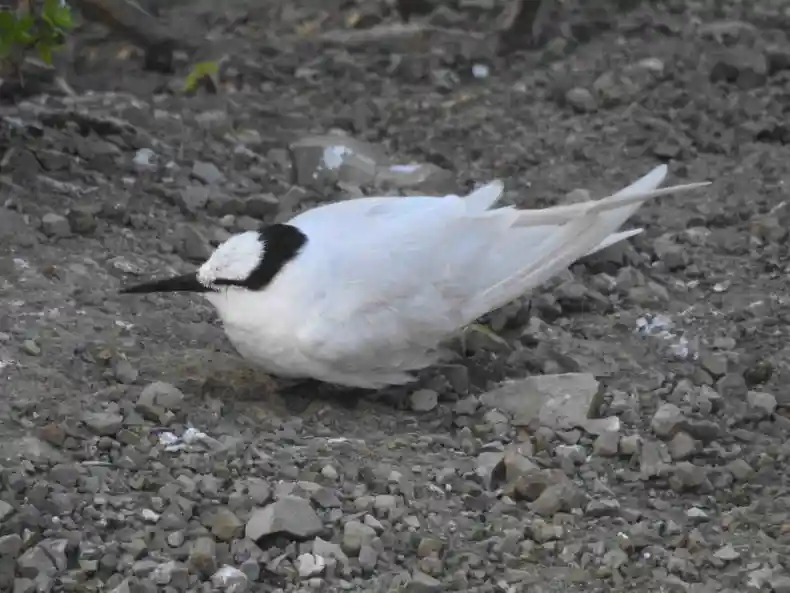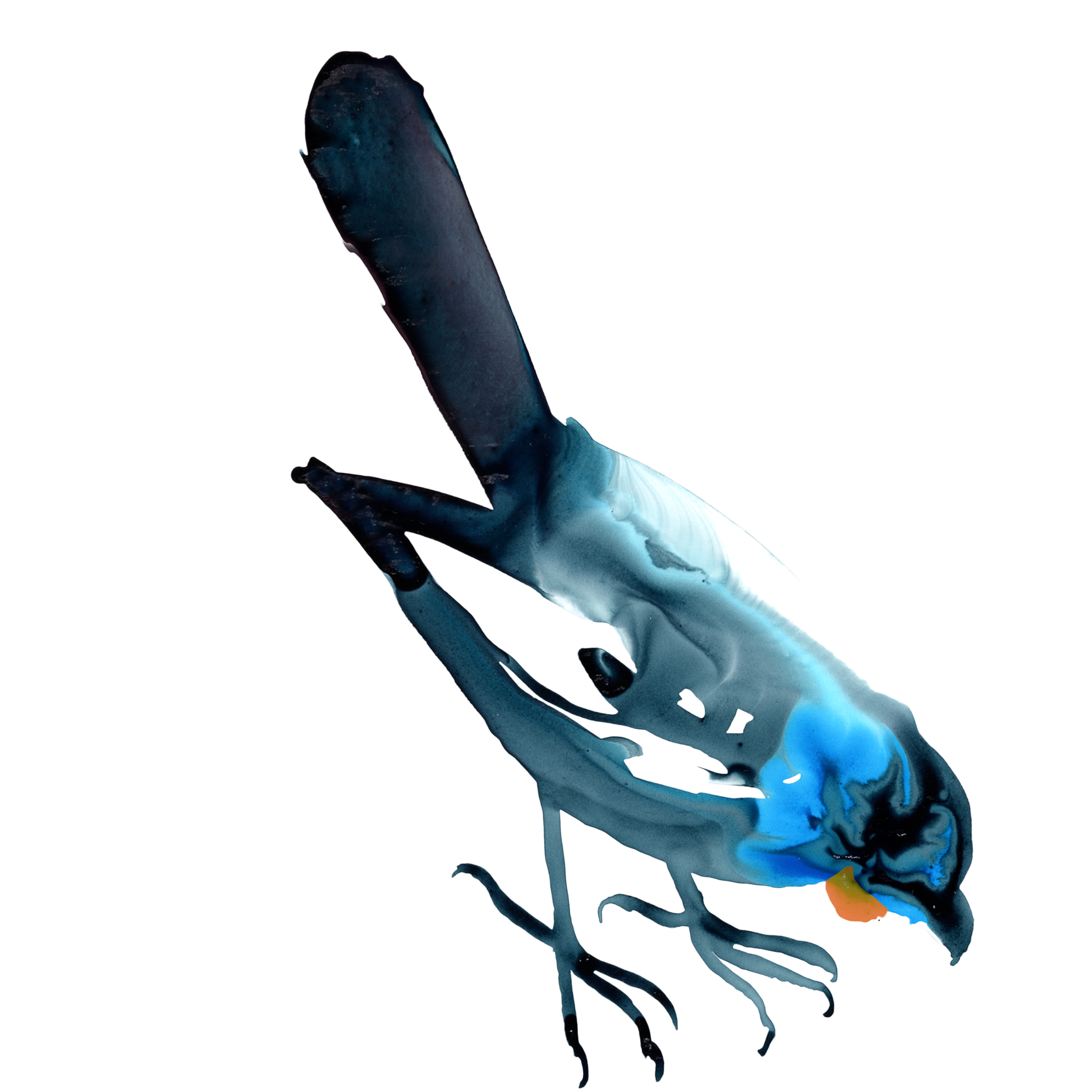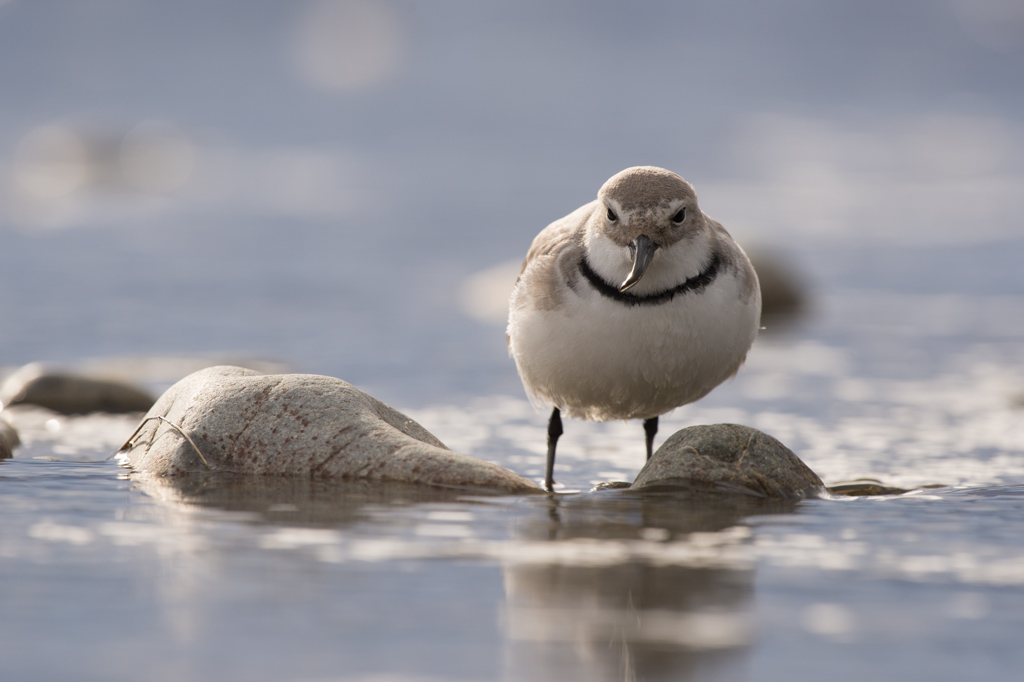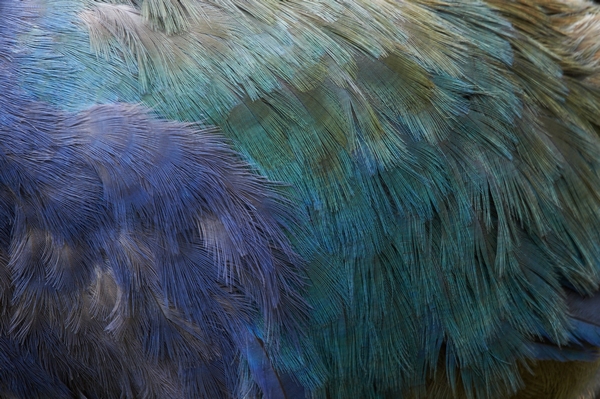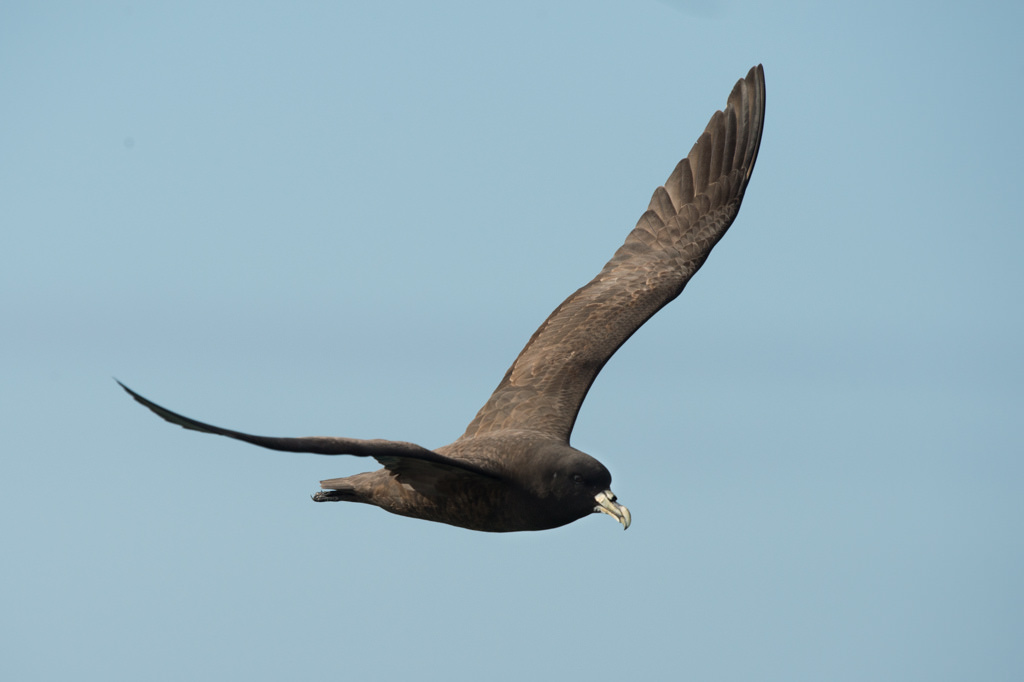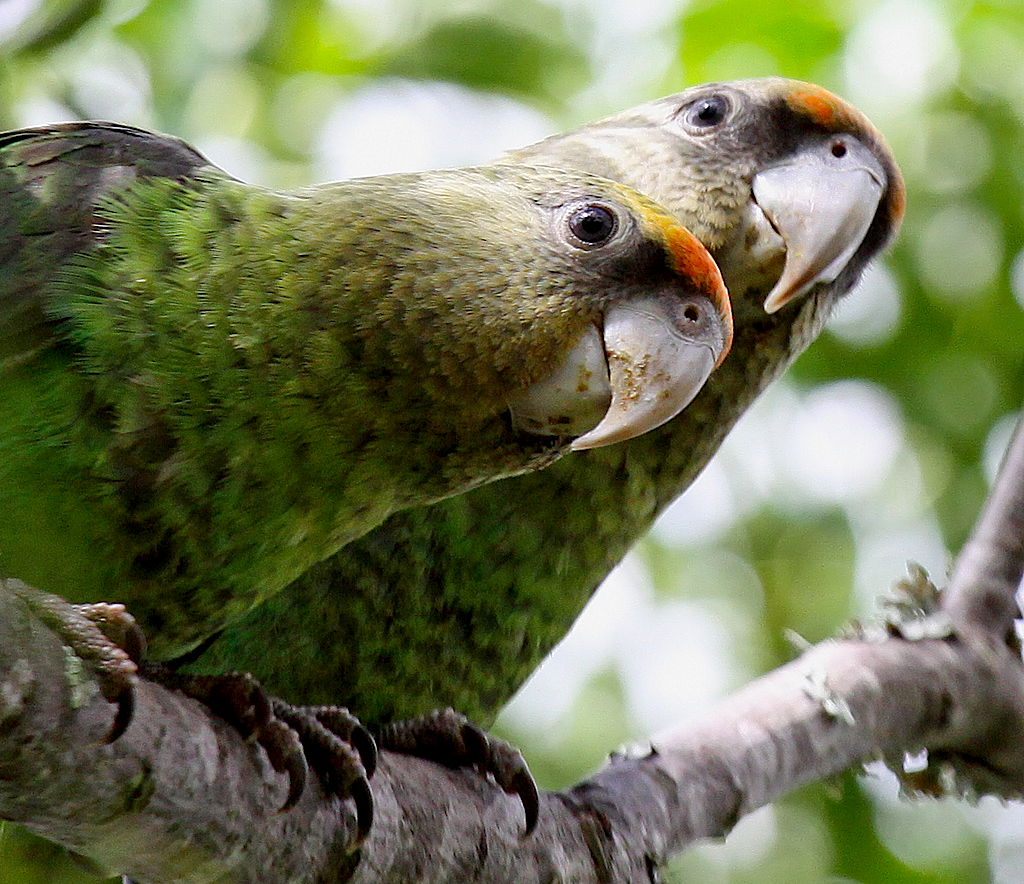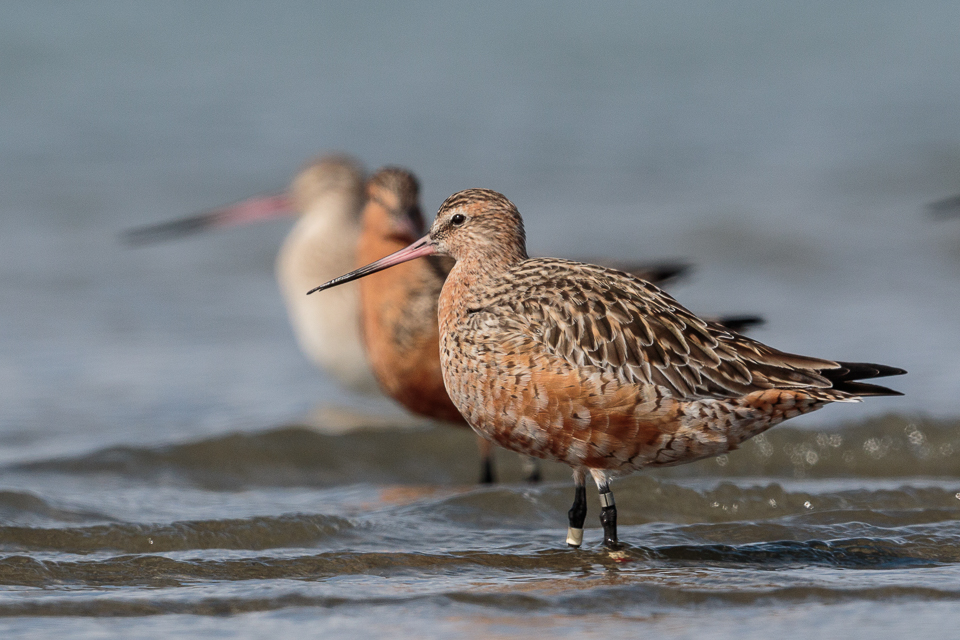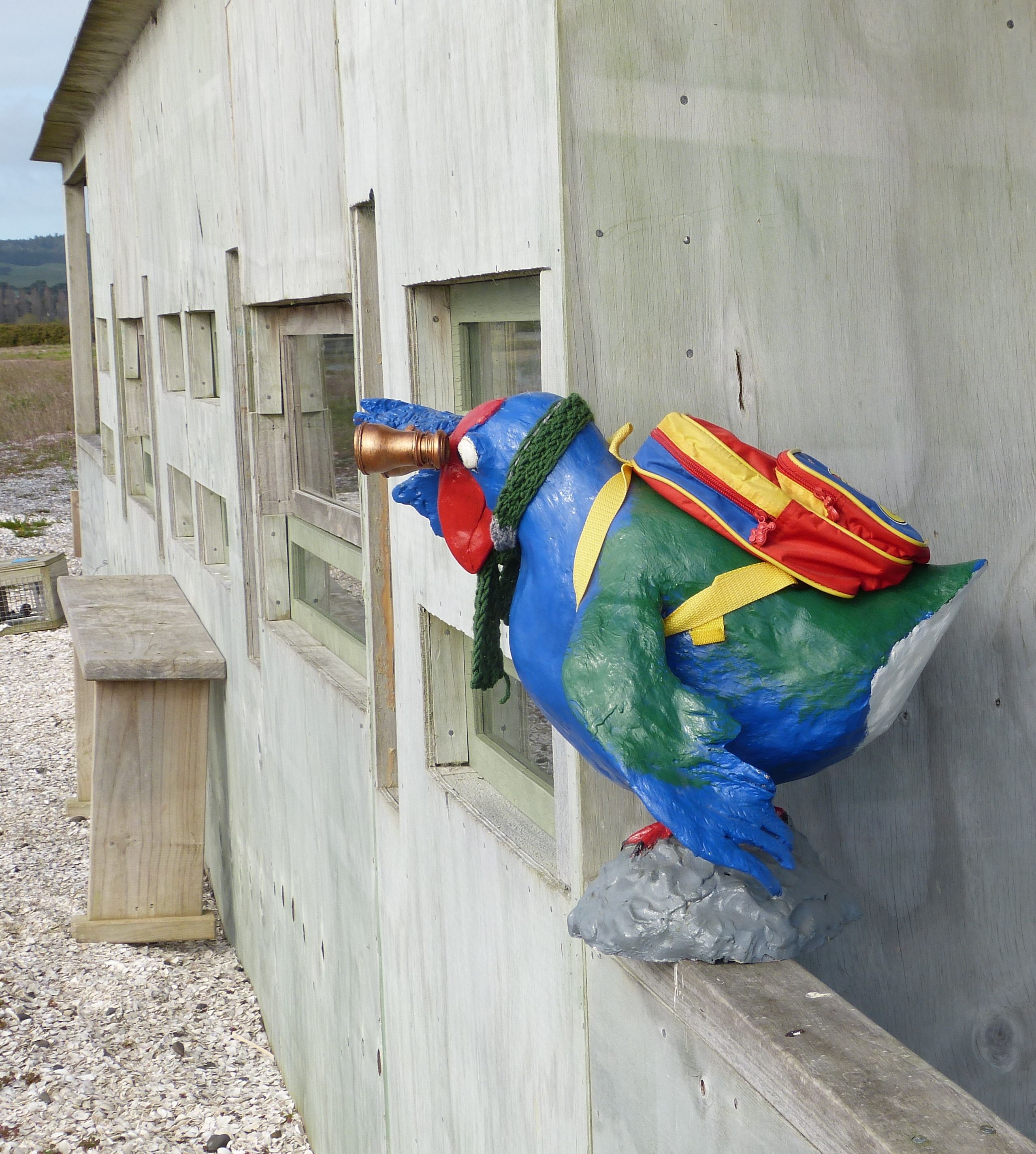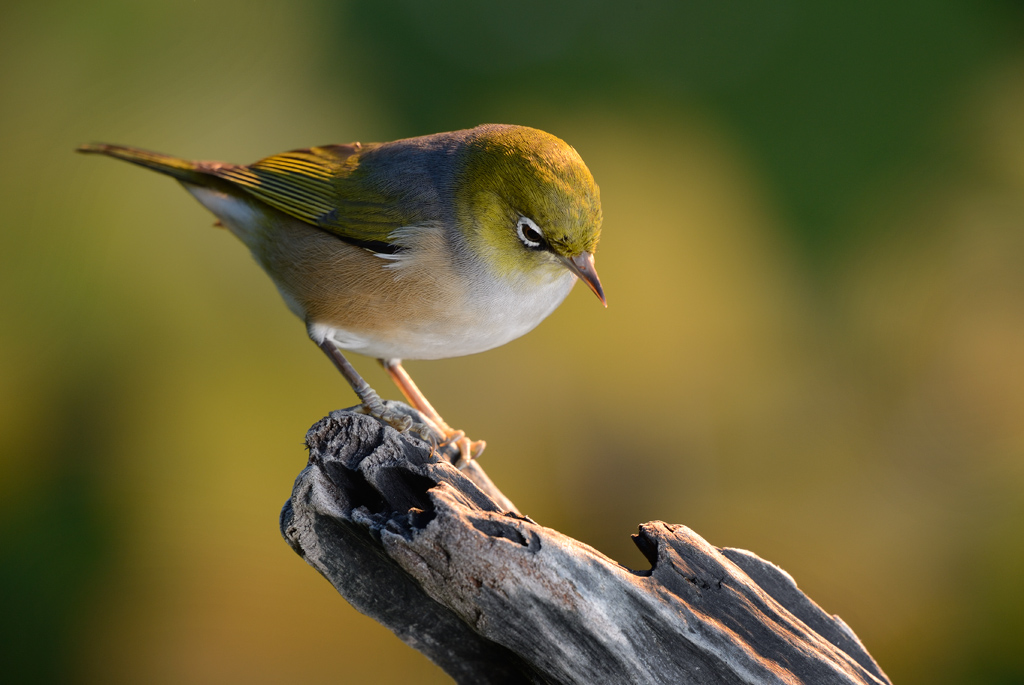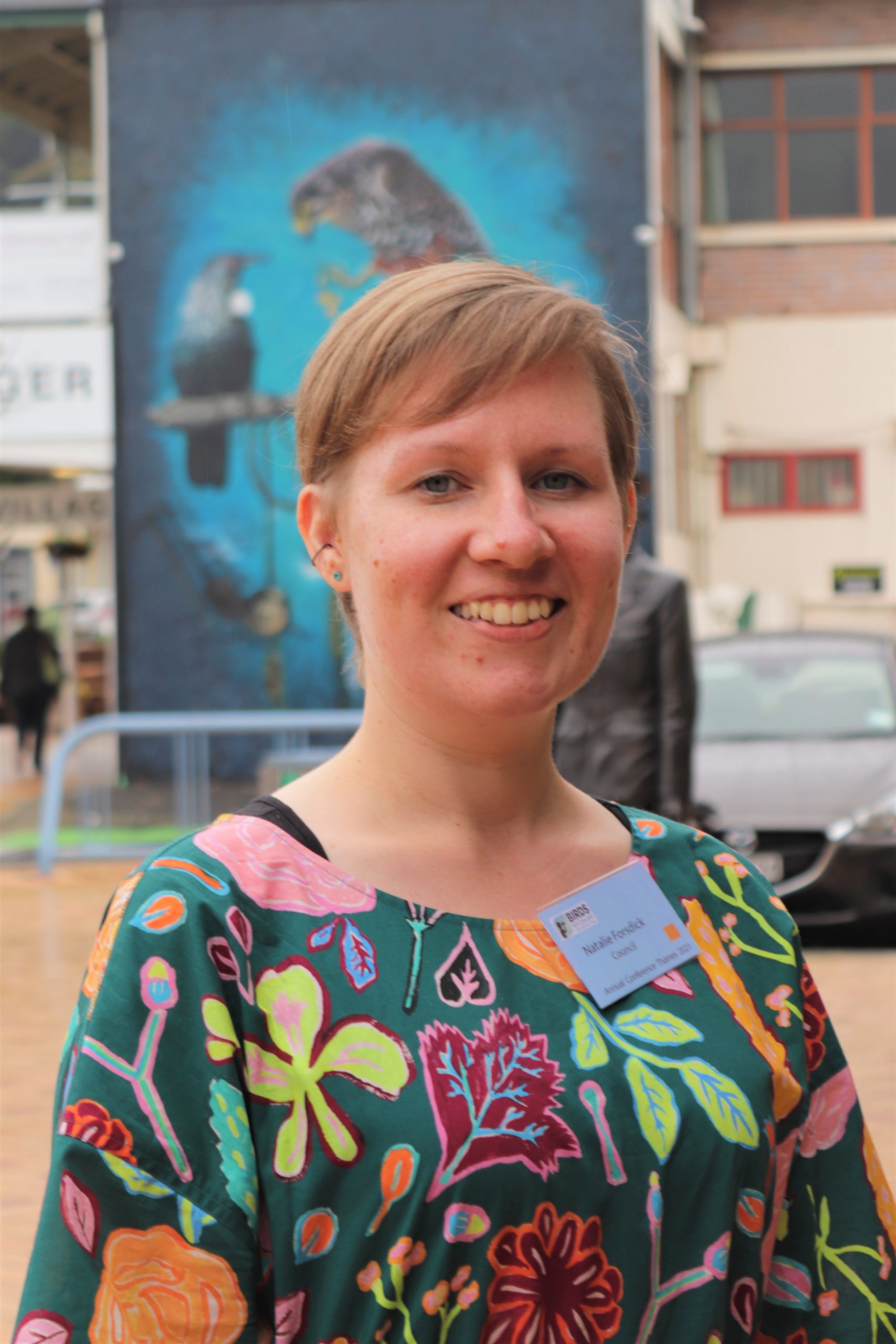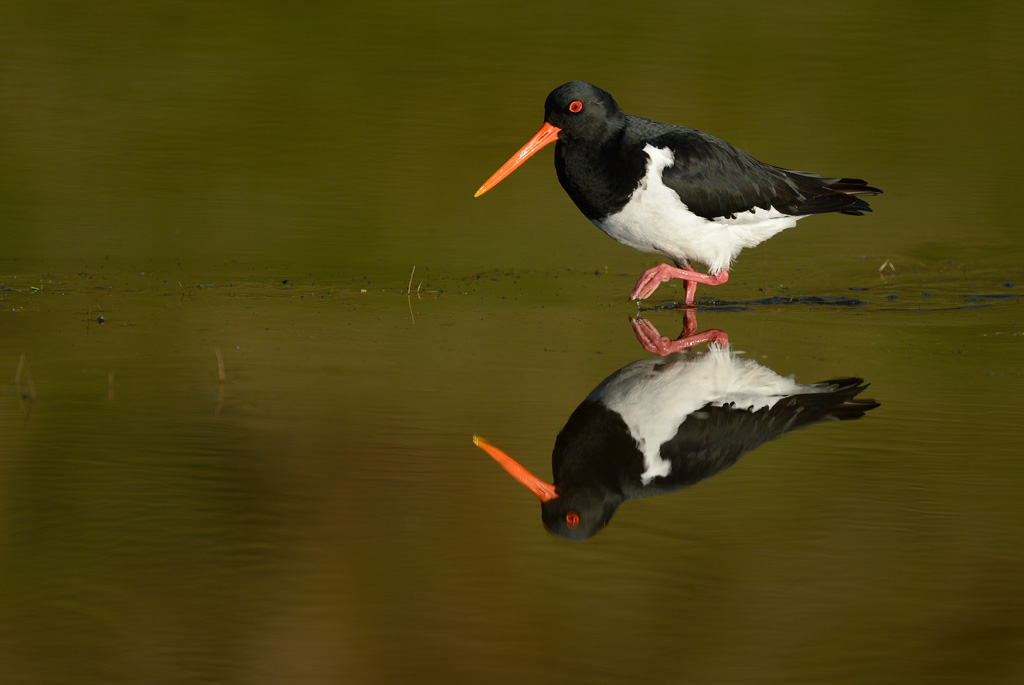Author: EO
Black-naped tern added to New Zealand list
May 19th, 2022I am pleased to report that black-naped tern has been officially added to the New Zealand list!
The following Te Papa blog tells the story of how it was discovered and recognised:
A new bird for New Zealand – black-naped tern
Congratulations to Hayden Pye for his unique experience that resulted in a new bird species being added to the New Zealand list.
Ngā mihi
Colin
South Island kokako joins global top 25 most wanted species list
February 16th, 2022With input from the IUCN Species Survival Commission, Re:wild chose the South Island kōkako from a list of over 2200 species of differing taxa assumed to be extinct or extremely rare and missing for over ten years!
Read the press release here
Effects of Sediment on Birds
February 1st, 2022A new report has been published that reviews the impacts of coastal sediment on seabirds and shorebirds in New Zealand.
The report can be accessed on
https://www.doc.govt.nz/globalassets/documents/conservation/marine-and-coastal/sediment/effects-of-sediment-on-birds-literature-review-2021.pdf
New Publications Page
December 22nd, 2021Council is delighted to advise members of the Society that a switchover was made today from the old Publications component of the Birds New Zealand website to a new site. The new component is part of a wider programme of website development that now provides improved access to the Society’s scientific journal, “Notornis” (and “NZ Bird Notes”, before 1950), also to “Birds New Zealand” and “Southern Bird” magazines. The old Publications component of the website which has served the Society so well since its launch in 2006 is no longer accessible.
Members should note that some functions on the new website are not available just now; work on these functions will, of course, continue into 2022 in parallel with development of a new digital publication series to be named “Occasional Publications of the Ornithological Society of New Zealand”, also the reconstruction of the rare birds sightings facility, and the development of a digital Beach Patrol reporting facility. It would be appreciated if errors or other technical issues that are discovered during your use of the new website could be reported to the Executive Officer.
Council looks forward to keeping all members updated with progress with website development, and for now we are pleased that a fresh new website for Notornis and other publications is available for your use.
Seabird Sensory Systems and Attraction to Artificial Light
December 9th, 2021Seabirds are vulnerable to light pollution especially when they are fledging. They become disorientated which leads to collisions with anthropogenic structures, groundings and fallout. There is growing research into the types and colours of lights which are attractive to seabirds. Our team, in collaboration with the University of Auckland and Northern NZ Seabird Trust, explored this with the seabirds in the Hauraki Gulf. Using six different types of boat lights we recorded the visitation rates of seabirds to the different lights.
More seabirds were attracted during a new moon compared to a full. Also, we found that the site location was more important compared to the type of light. The different sites had different seabird species compositions. From a seabird’s perspective, when we modelled the lights against the seabird’s visual system we found that white LED light, halogen, flood light and fluorescent lights were very similar to each. However, the red LED light and the green LED light looked the most different from the seabird’s perspective.
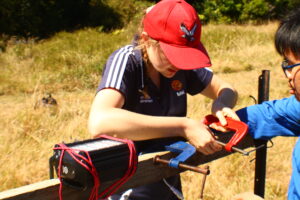
Research is currently being conducted into the visual ecology of the seabirds to identify any correlations between light attraction and eyeball sizes. Seabird sensory ecology could be a useful tool to help understand light attraction.
Read more here
International Ornithological Congress 2022
December 8th, 2021The 28th International Ornithological Congress (IOC) will be held in virtual format (in Durban) from 15 to 19 August 2022. All scientifically valid submissions will be included in the virtual program as pre-recorded oral presentations, with the best, early submitted presentations being chosen for in person “live” talks for the physical conference. The entire virtual program of presentation podcasts will then form the conference proceedings. Details are available on https://iocongress2022.com/ The deadline for abstract submission has been extended to 25 March! Register now!
Webinar: Gob-Smacking Godwits
October 12th, 2021
|
10,000 Facebook Page Followers!
September 20th, 2021This weekend we reached 10,000 followers on our Facebook page!
Thank you to everyone who has liked our page recently and a very warm welcome to you from our mascot, Orbell – seen here watching birds from the hide at Pukorokoro Miranda Shorebird Centre (where Orbell currently lives).
Membership of Birds New Zealand costs just NZ$1.50 a week. The subscription of $80 per year is very reasonable, and for students it is just $40 per year. Members receive our quarterly colour magazine ‘Birds New Zealand’, our acclaimed quarterly journal ‘Notornis’, and a branded lens cloth. You can join us here: https://www.birdsnz.org.nz/membership/membership-form-nz/#join
New study reveals why some NZ birds are disappearing faster than others
July 16th, 2021New research has uncovered why New Zealand’s oldest forest bird families are dying out faster than new arrivals, and it could change how the country approaches conservation work. Read more in this recent Stuff article.
Meet our new Vice President!
June 16th, 2021Tēnā koutou kātoa. Ko Natalie Forsdick toku ingoa. I am excited to be stepping up as the new Vice President of Birds New Zealand. After completing my PhD at the University of Otago in 2020, I joined Manaaki Whenua Landcare Research as a Postdoctoral Research Fellow at our Auckland site. My research focuses on understanding the genetics of our threatened endemic species to support their conservation. Reduced genetic diversity and inbreeding are common challenges for many threatened species, and genetic/genomic research can help inform how such populations are managed to reduce their risk of extinction, and ultimately enhance their evolutionary potential. My current research projects involve both birds and insects, and are conducted in partnership with mana whenua, the New Zealand Department of Conservation, and Genomics Aotearoa.
I first joined Birds New Zealand ahead of the 2017 Te Anau conference, where I presented research from my Master’s project at the University of Canterbury investigating genetic diversity in the kakaruia/Chatham Island black robin, for which I was awarded Best Student Presentation. This, along with the warm welcome from my local Otago region led by Mary Thompson, led to me becoming more engaged with the society at a range of indoor and outdoor events. I am grateful to Birds New Zealand for providing funding for a part of my doctoral research, using new genomic sequencing tools to understand the impacts of hybridisation between kakī/black stilts and poaka/pied stilts. I had the opportunity to give back to the society and represent the student voice when I was elected to the Birds New Zealand Council in 2018. Through my role on Council, I have developed an understanding of the breadth of research and community projects underway that aim to understand our manu and their habitats.
With my research largely consisting of lab and computational work, participating in Birds New Zealand events provides me with the opportunity to enjoy time with our birds in the outdoors. I learn more on every outing, and as Vice President I hope to put my enthusiasm to good use as we look to the future for our growing society.
Collaborative Research Agreement with DOC
May 24th, 2021Collaborative Research Agreement with Department of Conservation for Studies on the South Island Pied Oystercatcher
The Ornithological Society has been operating a research project for over 10 years, led by David Melville and Rob Schuckard, aimed at increasing knowledge about the movement and longevity of the South Island Pied Oystercatcher/Tōrea in the Nelson/Tasman region. The outcomes of David and Rob’s research is not only of scientific interest but, no less importantly, is of interest to the Department of Conservation to assist with conservation management planning of this species. The Society and the Department of Conservation have a common interest in collaborating on research projects such as this with the objective of improving the protection of mobile bird species, especially species having conservation threat rankings.
New Zealand’s network of representative managed ecosystems is inadequate to sustain many mobile threatened species that use habitats both regionally and nationally, notably wetland, forest and shore birds, and birds inhabiting braided rivers. Lack of knowledge on flyways, migration routes, key stopover points, wintering sites, threats and pressures on those sites and routes, and best practise management actions to deal with threats are significant impediments to designing protective landscape scale networks for several mobile species.
To enable the Department of Conservation to better address these important concerns further research on the seasonal and geographic movements of highly mobile species is needed to improve our understanding of the factors causing their decline and to gain a clearer picture of the patterns of movements of birds. Our Society can contribute to this important conservation-oriented research by collaborating with the department on specific and important topics and where Society members have the knowledge, skills, resources and capacity to carry out studies.
Against this background the Society and the Department of Conservation entered into a collaborative research agreement in April 2021 that will enable sites and flight paths of specific mobile threatened bird species and other characteristics of their behaviour to be determined. This will involve tracking the movements of birds and trialling a range of new technologies in doing so. Ultimately, the information gained from tracking mobile threatened species will help improve conservation outcomes by identifying landscape wide habitats for which effective management arrangements can be developed.
The research programme will start with two complementary studies on the pied oystercatcher, a declining endemic coastal and inland migrant species. The pied oystercatcher has been selected as a ‘model’ species because of its ability to carry next-generation GPS trackers that will identify details of specific flyways.
The Department of Conservation and the Ornithological Society will liaise regularly with each other, it will include researchers from both sides in project teams to ensure that shared objectives are reflected in decisions, it will apply common research standards and protocols and it will share technical know-how, tracking and other specific data collected during studies. The agreement also acknowledges the contributions that will be made by each party by offering co-authorship of publications to researchers from the other side where this is appropriate, including in the Society’s scientific journal, ‘Notornis’.
